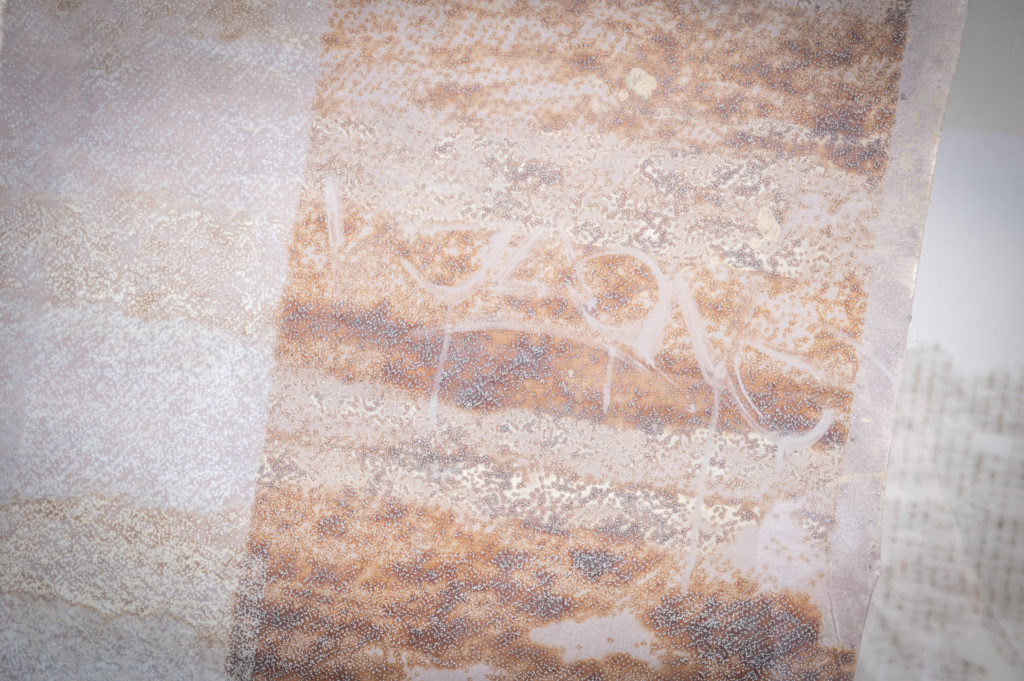-
Histoires simples
Léopold Mottet 1 students
107 Féronstrée
-
Qu’est-ce-qui se trame ici ?
Centre André Baillon
1 Féronstrée
-
Night Walk
Maria Chiara Ziosi
85 Rue de la Cathédrale
-
Thy Cities Shall With Commerce Shine — Part II
Hattie Wade
35 Rue Souverain Pont
-
La Maison Panure – Fève des rois
JJ von Panure
21 Pont d'Île
-
MANTERO
Santiago Vélez
4 Rue de la Cathédrale
-
Mobile Écriture Automatique
Philippe José Tonnard
109 rue de la Cathédrale
-
ST END
Pablo Perez
10 Rue Nagelmackers
-
ALREADYMADE n° 3 : Empty Cart or Cardboard Cybertruck
M.Eugène Pereira Tamayo
18 Rue de l'Etuve
-
Centre de remise en forme (économie de guerre)
Werner Moron
7 Rue de l'Official (Îlot Saint-Michel)
-
Sun(set)(Seed)
Matthieu Michaut
56 Rue Saint-Gilles
-
precarity of non-human entities
Gérard Meurant
23 Rue Saint-Michel
-
S’aligne, l’inconnue sans lecture
Julia Kremer
40 Rue Hors-Château
-
Autumn Collages
Ívar Glói Gunnarsson Breiðfjörð
30 Rue de la Cathédrale
-
Rōt Rot Rôt
Janina Fritz
28 Rue des Carmes
-
Pierre ventilée
Daniel Dutrieux
14 Rue de la Populaire (Îlot Saint-Michel)
-
Peephole
Jacques Di Piazza
31a Rue de la Cathédrale
-
Room Eater
Jorge de la Cruz
5 Rue Saint-Michel (Îlot Saint-Michel)
-
Behind the Curtain
Francesca Comune
31b Rue de la Cathédrale
-
COMMENT
Kim Bradford
16 Rue du Palais
-
Pedro Camejo (série Diaspora)
Omar Victor Diop
25 Rue Saint Paul
-
L’impasse de la vignette, dans le temps et dans l’espace
Michel Bart and Mathias Vancoppenolle
75 Rue Hors-Château
-
Opéra-savon, épisode 1 : L’ Aquarium-Museum
Clara Agnus
20 Rue de la Sirène
Warning: Undefined array key "current_expo" in /var/www/clients/client3/web4/web/wp-content/themes/artaucentre/loop/vitrine.php on line 25

a l é a s
#9
Jérôme Bouchard
Open call
20031A Rue de la Cathédrale
Installation a l é a s is closely connected to the territory of Liège, its transformations as well as its most recent history: the devastating and overwhelming floods of summer 2021.
Since 2018[1], Jérôme Bouchard has been observing the post-industrial landscapes of the banks of the Meuse and developing a plastic translation of scientific samples of the Walloon territory (soil, vegetation and building). He collects so-called ‘objective’ data, new modes of representation of reality to translate them into ‘new’ landscapes.
The artist conceives a singular method: from LiDAR[2] geo-data, he uses digital laser cutting[3] to create micro-perforations that alter the linen canvas. The creative hand gives way to the industrial or scientific tool, questioning the limits of the machine, symbol of progress, as much as the negotiation between humans and nature. By diverting their use, he highlights what escapes the tool and challenges its technical capacities to the point of mistake. The artwork integrates both the residues due to the alteration of the material and a part of chance linked to the context of creation.
What a surprise when the studied territory overflows to the point of devastating the artist’s studio, depositing on the artworks a trace of water and mud that it will keep intact. An unprecedented reversal where the landscape crosses the canvas without destroying it. The installation a l é a s unfolds in time and space, made up of evolving strata like the perpetual movement that alters and metamorphoses our landscapes.
Warm thanks to Relab of Liège, to Mr. Pierre Hallot (professor at ULiège) and to the Mano workshop.
[1] Originally from Quebec, Jérôme Bouchard participated in the RAVI residency in 2018, following which he decided to move his studio to Liège.
[2] Light Detection and Ranging. Modern mapping instrument using laser remote sensing to translate the environment into a cloud of points.
[3] Carried out in collaboration with Relab Liège.

